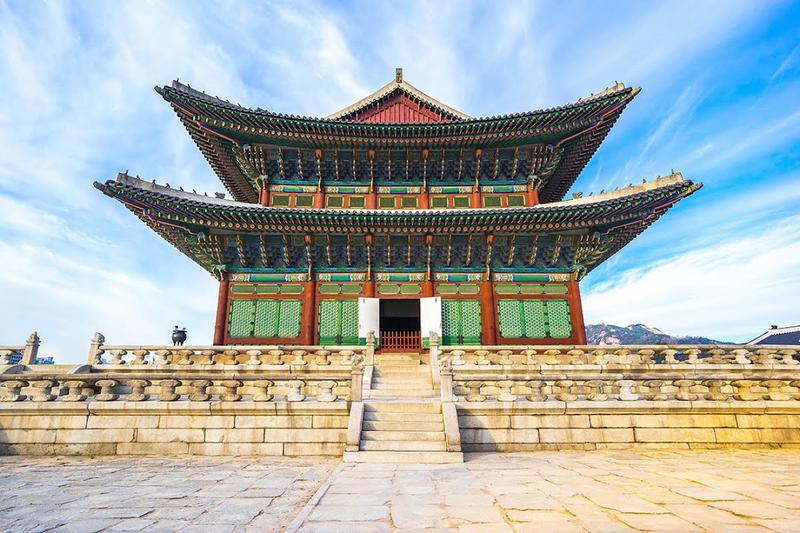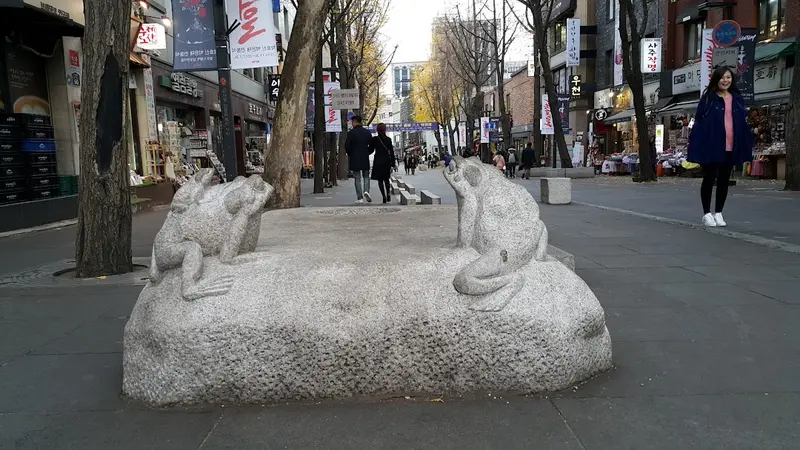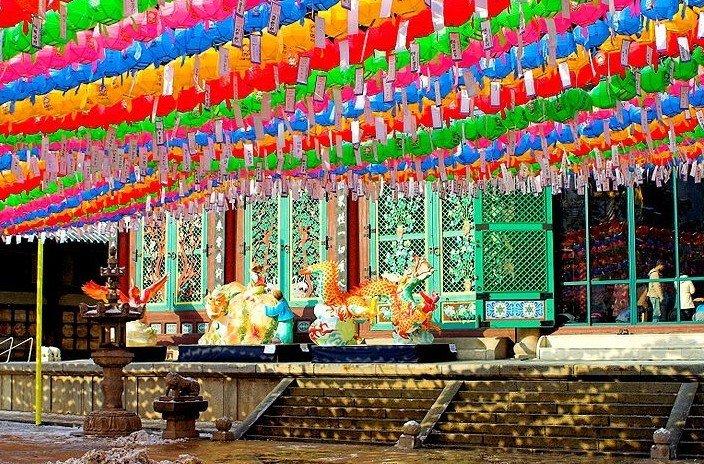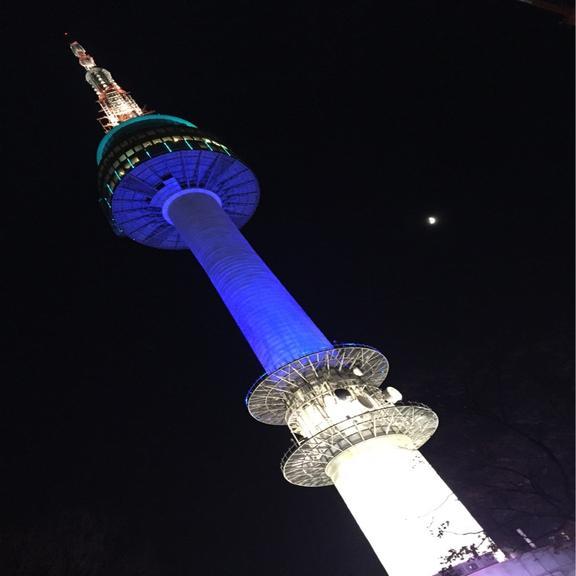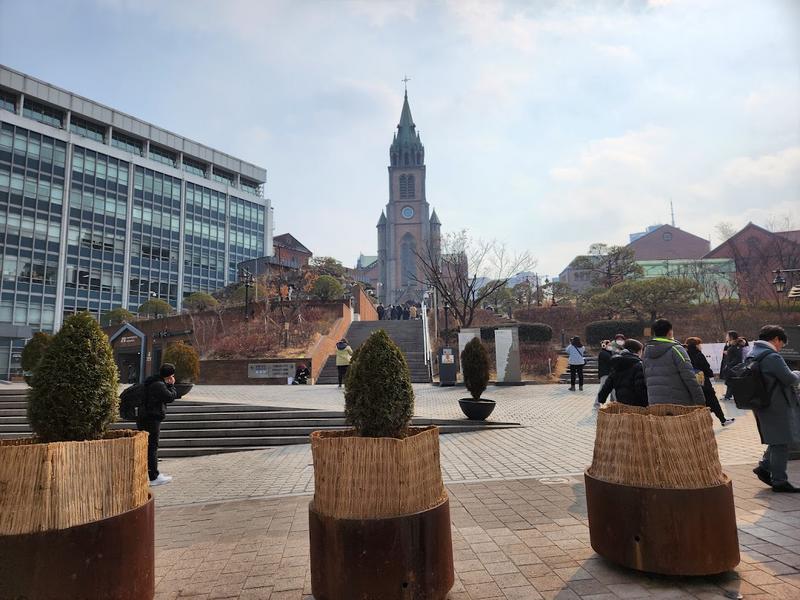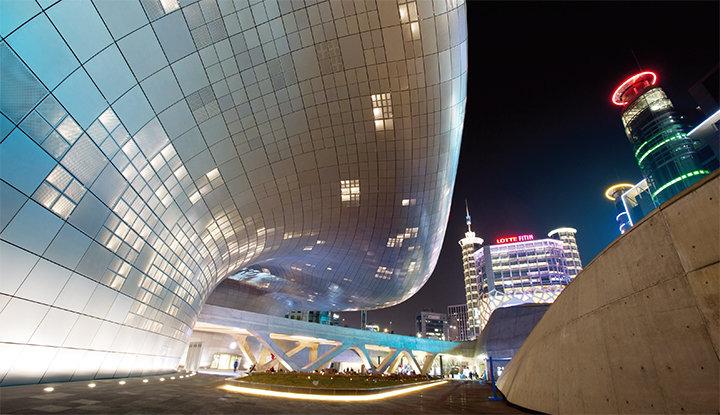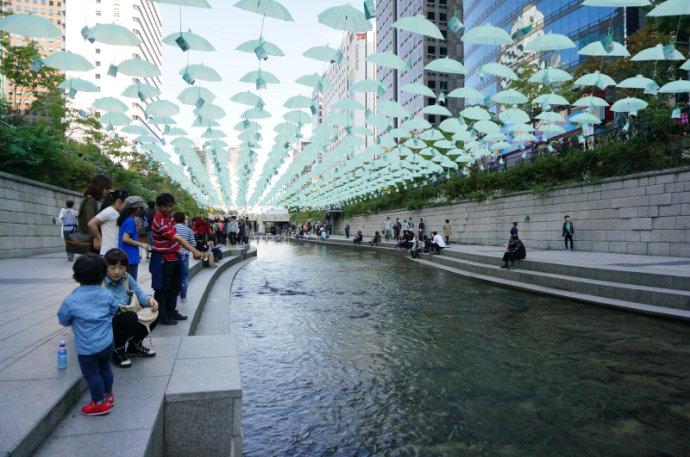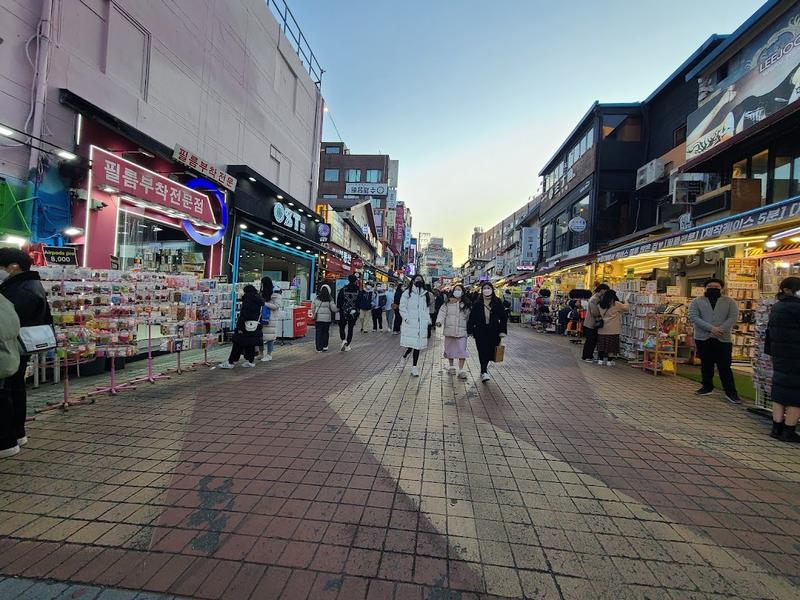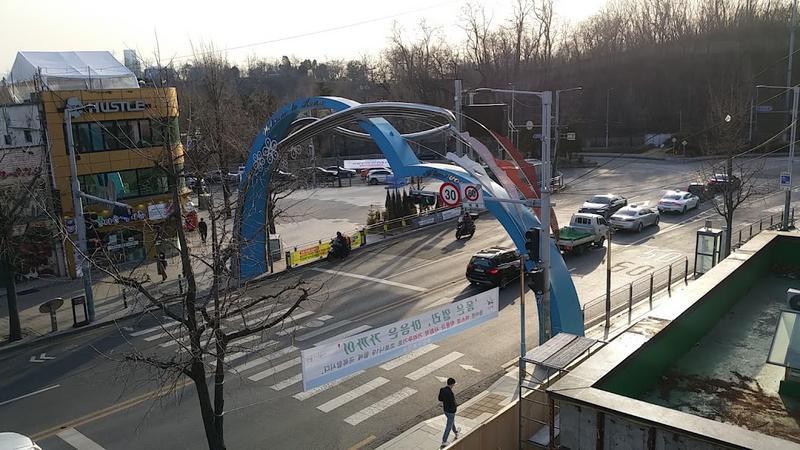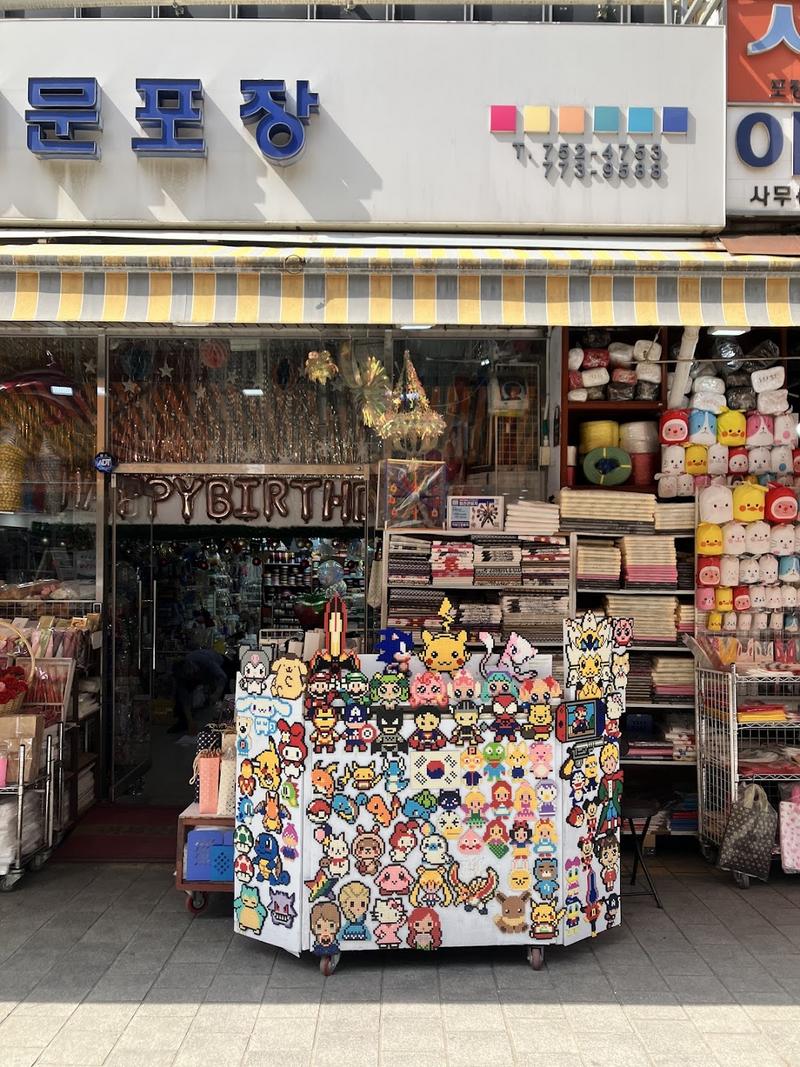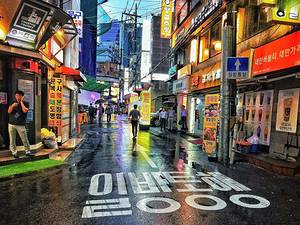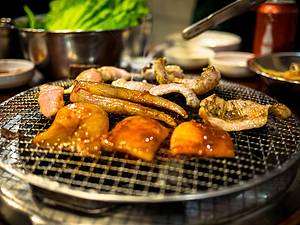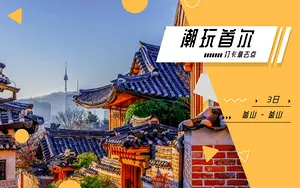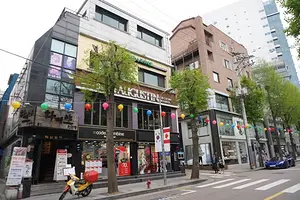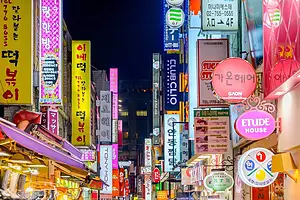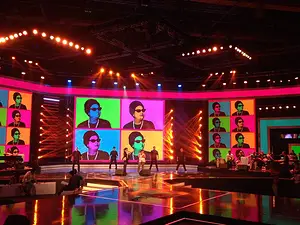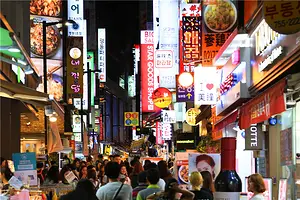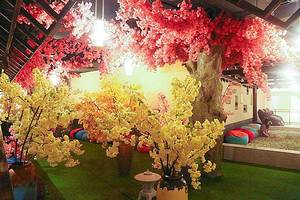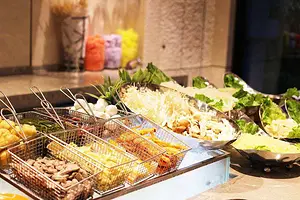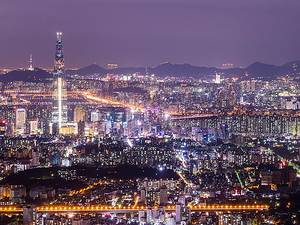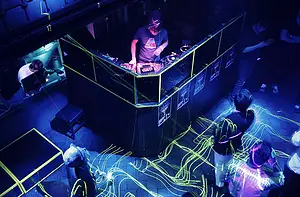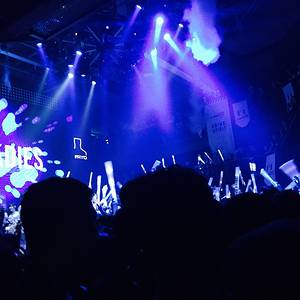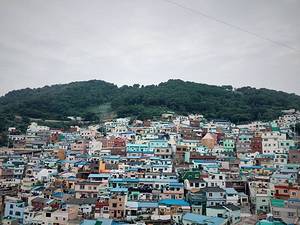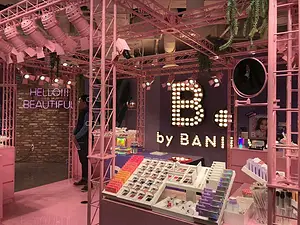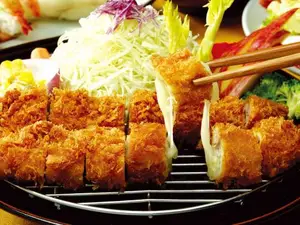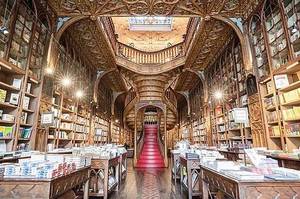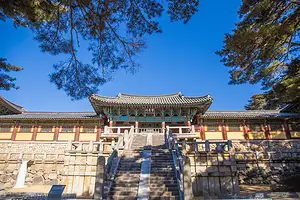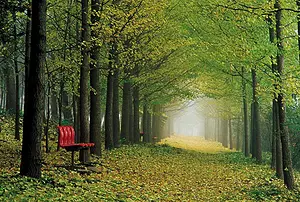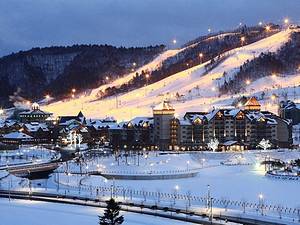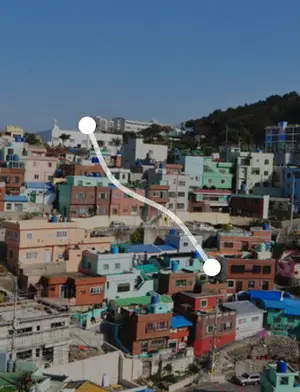Discover Seoul: 7-Day Tour Guide
1 cities |
13 attraction(s) |
total distance 50
km
 TIPS
TIPS
Day1
Day2
Day3
Day4
Day5
Day6
Day7
Day1: Seoul
2 attraction(s) ·
1 km
1
Free guided tours are offered of this large 14th-century royal palace with a museum & gardens.
1
km
2
Village dating to the 14th century filled with narrow streets lined with restored traditional homes.
Day2: Seoul
2 attraction(s) ·
1 km
2
Saoxi Temple is a Buddhist temple located in the city center of Seoul. It is the birthplace of the Jogye Order and a major sacred site of Korean Buddhism. The temple was established in 1395 and the current buildings were reconstructed in 1910. The main building of the temple is the Daeungjeon Hall, which enshrines the statue of Shakyamuni Buddha. There is also a precious 500-year-old white pine tree near the hall. Additionally, the temple houses a seven-story stone pagoda that holds a relic of Shakyamuni Buddha presented by the Sri Lankan Dhammapala in 1913. Every year in May, the temple holds the grand Buddhist festival called Yeondeunghoe (Lotus Lantern Festival) to celebrate Buddha's birthday. The temple also offers a "Temple Stay" program for foreign visitors to experience Buddhist culture firsthand.
Day3: Seoul
2 attraction(s) ·
2 km
1
N Seoul Tower is a 236.7-meter tall tower located on Namsan Mountain in the Yongsan-gu district of Seoul, South Korea. It was built in 1975 and was previously known as Seoul Tower or Hanseong Tower. However, due to outdated facilities and poor services, it did not attract many visitors. In 2000, CJ Corporation and YTN News Channel signed a 10-year lease contract and invested 15 billion Korean won to renovate and rebrand the tower. On December 9, 2005, the newly renovated N Seoul Tower was unveiled. The "N" in N Seoul Tower represents both the first letter of Namsan and the concept of "new". The new facilities include lighting equipment suitable for different seasons and events, as well as a repainted tower body. Every night from 7 pm to 12 am, six searchlights form a flower pattern in the sky to celebrate the "Flower of Seoul".
N Seoul Tower is known as a symbol of Seoul and a famous tourist attraction. From the top of the tower, visitors can enjoy a spectacular panoramic view of Seoul and hang love locks. The experience of dining at the sky-high restaurant is unforgettable, sipping drinks while overlooking Seoul. The second-floor restroom, with its window showcasing the beautiful view of Seoul, is affectionately known as the "sky bathroom". In recent years, the attraction has gained more attention as it has been featured in many Korean variety shows. In addition, N Seoul Tower houses various other facilities, making it a true cultural and entertainment center.
It is worth noting that the Teddy Bear Museum on the tower has been closed.
2
km
2
Many high-end international stores & restaurants draw crowds to this bustling retail district.
Day4: Seoul
2 attraction(s) ·
3 km
1
DDP is a design plaza that combines traditional historical architecture with cutting-edge modern technology. It covers an area of 62,692 square meters, with a building area of 25,104 square meters and a total area of 86,574 square meters, consisting of 3 underground floors and 4 above-ground floors. In addition to Seoul City Wall and Two-Block Gate (265m² 8,030 square meters), the park also includes buildings such as Dongdaemun History Museum, Dongdaemun Relics Exhibition Ground, Dongdaemun Sports Memorial Hall, event halls, and design galleries. DDP offers various exhibitions and activities such as Seoul Architecture Culture Festival, BANWOOJUNG Show, Hera Seoul Fashion Week, Farmers' Market, etc. Visitors can participate in on-site or group tours, or freely explore using the free audio guide, or participate in children's programs such as design playground and regular workshops. The main facilities of DDP include Art Center, Cultural Center, Design Center, Dongdaemun History Culture Park, and Harmony Square. The Design Market is a multi-purpose market that offers cultural products, experiential activities, and shop-in-shop services, aiming to enhance the vitality of the surrounding commercial area.
3
km
2
Cheonggyecheon is an artificial canal that runs through the Jung-gu and Jongno-gu districts in the center of Seoul, with a total length of 10.84 kilometers. Walking along the river takes about three hours and has become an important place for citizens' leisure and tourist sightseeing. There are 22 bridges on Cheonggyecheon, including the famous Eight Views of Cheonggyecheon, which includes Cheonggye Plaza, Gwangtong Bridge, King Jeongjo's Royal Procession, Time Square, Cheonggyecheon Laundry Site, Ssal Forest Wetland, Retained Bridge Pillars, and Fountain Tunnel. The most famous landscape in Cheonggye Plaza is the "Spring Tower". The tall Triton shell symbolizes Cheonggye Plaza. In addition, the "Candlelight Fountain" is another famous attraction. The 4-meter-high waterfall falls into Cheonggyecheon, and is even more beautiful at night under the glow of the lights.
Day5: Seoul
2 attraction(s) ·
7 km
1
Cool hangout known for its neon-lit bars & clubs, murals, fashion stores & street performers.
7
km
Day6: Seoul
1 attraction(s) ·
0 km
1
Bukhansan National Park is located in the districts of Gangbuk-gu, Dobong-gu, Eunpyeong-gu, Seongbuk-gu, Jongno-gu in Seoul, as well as Goyang-si, Yangju-si, and Uiwang-si in Gyeonggi-do, South Korea. Designated on April 2, 1983, it covers a total area of 80 square kilometers. The most striking feature of Bukhansan is its steep curves formed by huge granite rocks. The rock peaks and valleys create a beautiful and captivating scenery. The park offers various peaks and abundant flora and fauna resources, including the 836.5m high Baegun Peak and the unique shape of Insubong Peak, making it worth a visit.
The park also houses numerous historical and cultural heritage sites. The approximately 8,500m long fortress wall of Bukhansanseong, built during the Joseon Dynasty to defend against external enemies, is a must-see. The Cheonggye Temple and the Stone Buddha of Sakyamuni are also highly recommended attractions. Bukhansan offers unique beauty throughout the four seasons. In spring, flowers bloom all over the mountains, while summer offers the opportunity to enjoy lush forest scenery along clear streams. Autumn is a good time to visit Bukhansanseong, and in winter, visitors can enjoy the picturesque snowy mountain landscape. The park is known as one of the favorite places for residents of Seoul and receives up to 5 million visitors per year, earning it a place in the Guinness World Records as one of the "national parks with the highest number of visitors per unit area." Every weekend, Seoul residents flock to the park for leisure and recreation.
Day7: Seoul
2 attraction(s) ·
3 km
1
Opened in 1964, this large area of stalls offers clothes, household goods & local items.
3
km
2
Bustling shopping area offering a wide array of traditional food items, plus clothing & souvenirs.
